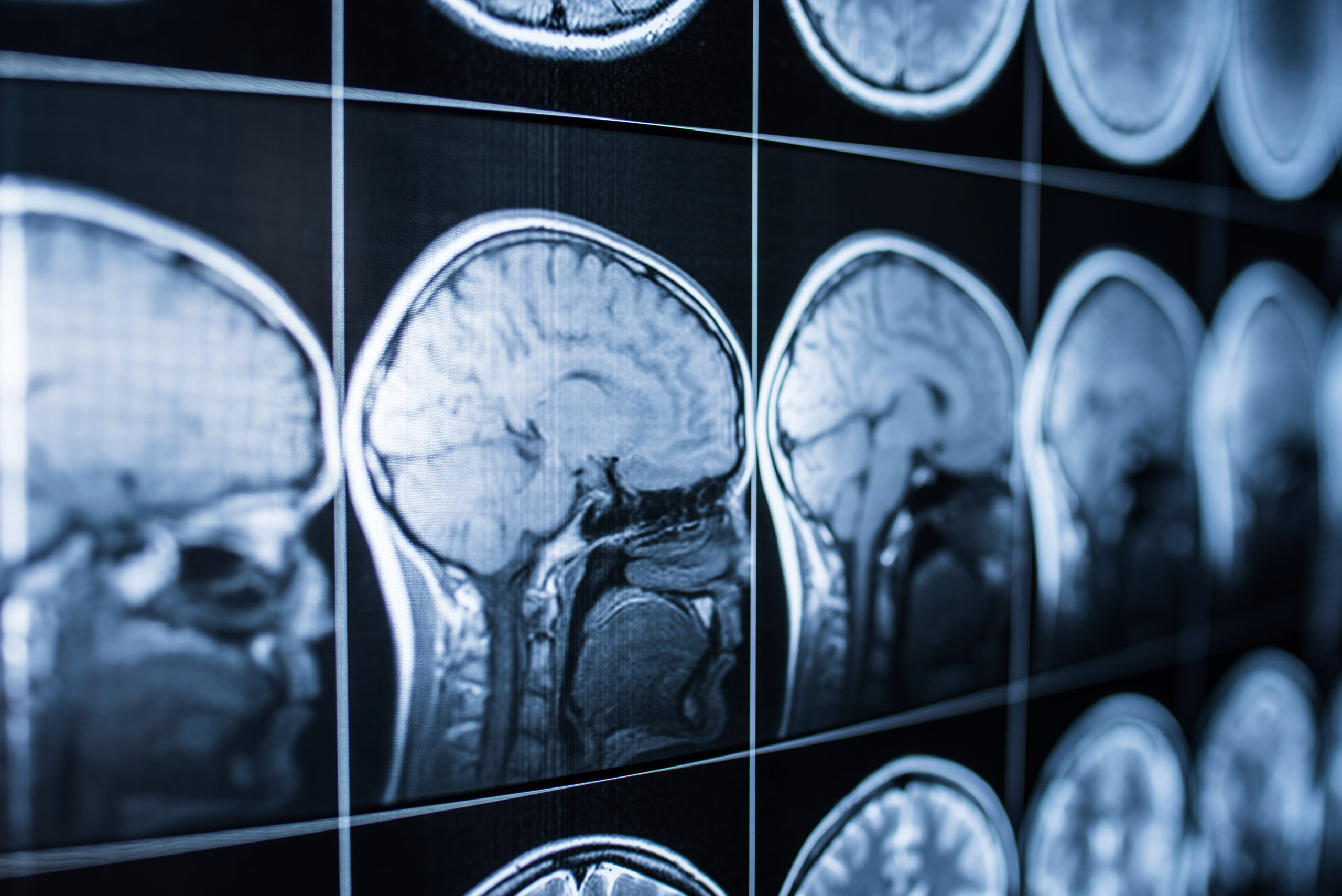The brain is both one of the most complex and most mysterious organs in the human body. To this day, scientists cannot fully explain the inner workings of the brain. This is precisely why whenever new information relating to the functionality of the brain is found, it becomes highly important and sought after.
Recently, scientists have found a possible turning point in brain research: the subarachnoid lymphatic-like membrane (SLYM). This thin layer of tissue, only a few cells thick, lies in the subarachnoid space, a space that lies between the inner surface of the skull and the outer surface of the brain, and also contains major blood vessels, connective tissue, and cerebrospinal fluid (CSF). The CSF, in particular, has several purposes — it absorbs shock, supplies nutrients to the brain, and gets rid of waste products via the bloodstream. Therefore, the new barrier found, SLYM, may help monitor and regulate the CSF and its important functions.
Anatomy of the Human Brain
Image Source: duncan1890
Since researchers found that the SLYM works closely with the CSF, they also concluded that the membrane could separate contaminated CSF (containing waste) from replenished CSF. This could allow harmful substances to be directed out of the brain thereby preventing diseases such as Alzheimer’s. Additionally, several types of immune cells were found in the barrier, allowing for an explanation for both the surveillance and the attendance of any inflammation or infections found in the brain.
Although this “shield” seems useful to the brain’s proper functions, if it gets ruptured, immune cells could reach areas they normally would not be able to. This could be a reason as to why traumatic brain injuries lead to longer periods of inflammation and why normal CSF functions get impacted. However, these assumptions are all hypotheses that will have to be tested further to truly understand the implications of this barrier.
Featured Image Source: jalisko










